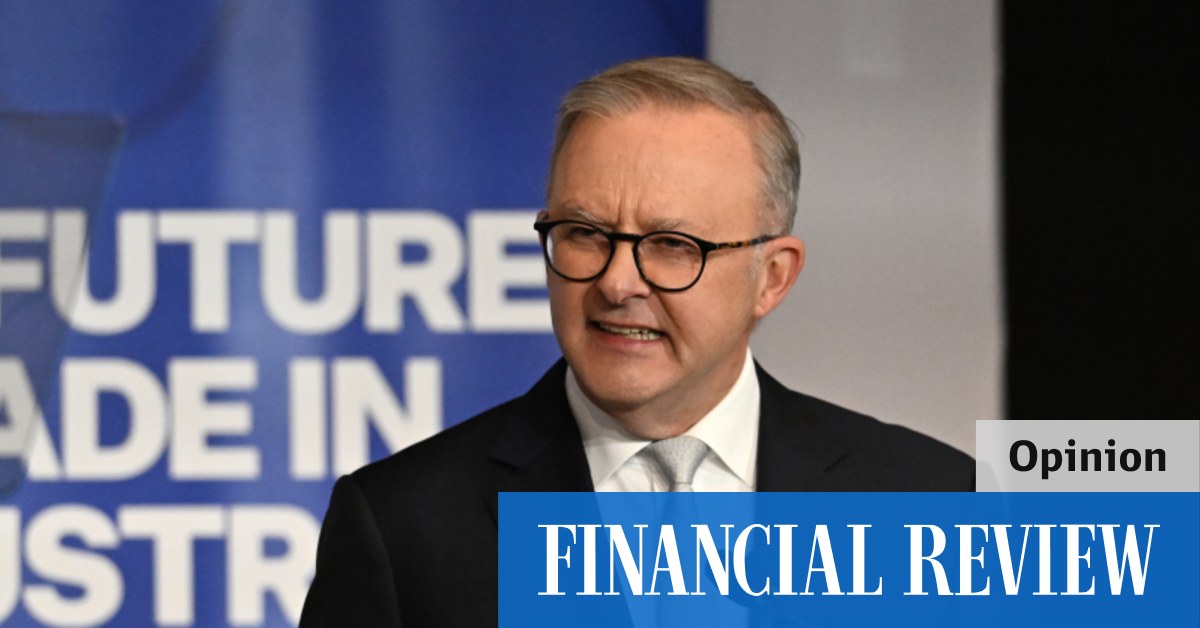Look to South America to see Made in Australia in practice

- by Admin
- May 5, 2024

Over the past month or so the prime minister and treasurer have branded themselves as champions of growth and investment. Anthony Albanese told a national small business summit that they were “vital … to Australia’s future prosperity, as job creators and innovators”. Treasurer Jim Chalmers told last month’s Australian Financial Review Business Summit of his desire to get the economy “more competitive and dynamic and productive”.
All this is sound rhetoric. But what does it mean in practice? Australia has joined a number of other Western countries in abandoning the hugely successful liberal market economic model and replacing it with a 1950s style state-directed interventionist model. Both the prime minister and the treasurer have argued that by pumping subsidies into Australian businesses under the auspices of the Future Made in Australia Act this will somehow stimulate the economy.
The Latest News
-
December 22, 2024The remarkable Lleyton Hewitt feat Cruz Hewitt can emulate after being handed 2025 Australian Open wildcard
-
December 22, 2024Forgotten man removes himself from Test talk
-
December 22, 2024Tiger Woods’ son Charlie makes a hole-in-one in the final round of the PNC Championship – Australian Golf Digest
-
December 22, 2024Tennis’ love match: Meet ‘Aussie’ Matteo Arnaldi and his Melburnian girlfriend
-
December 22, 2024GEORGIE PARKER: McSweeney was McStiff to get axed



